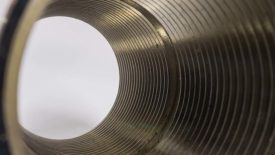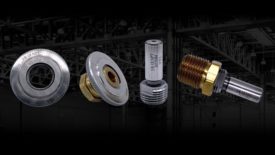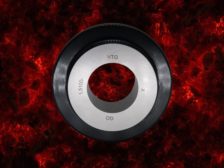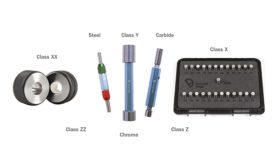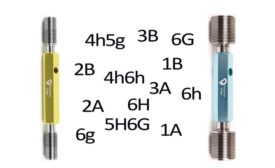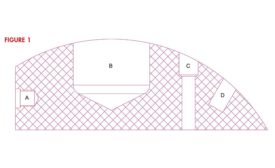Articles by Mike Oddy
Measurement
We are lucky in the metrology and gage manufacturing world to have access to standards maintained by ANSI, ASME, Mil, NIST, DIN, ISO, IEC and many more.
Read More
Test & Inspection
AI Technical and Gage Data Searches: "Open the pod bay door, Hal."
What do Generative AI Searches have to do with inspection and gages? A great deal.
November 17, 2024
Quality 101
Pre-Plate Threads: 60° Thread Form
Nobody wants to make or sell a custom gage you can’t use and are unable to return.
May 3, 2024
Test & Inspection
How Do Tap Limits Affect Gage Selection?
It is not always as simple as it sounds.
November 2, 2023
Quality 101
Taper Pipe Thread Inspection, NPT
If you take care of your gages, they will take care of you and the parts you manufacture.
March 2, 2023
Quality 101
Cylindrical Ring Gages: One Ring to Rule Them All
Cylindrical ring gages may be used as master gages to set variable measuring tools.
May 5, 2021
Gages for Screw Thread Inserts (STI)
It is critical for both the gage manufacturer and the metrology lab to know the industry standard for the gages being manufactured or calibrated.
November 2, 2020
The Gage Selection Conundrum
The correct selection of measuring devices will ensure the quality, price and delivery of the products we manufacture and use.
May 1, 2020
Thread Classes and Setting Plug Gages
Product tolerances and dimensions always dictate the gage tolerances and dimensions.
October 1, 2019
Depth Measurement Challenges
Let’s look at some of the part and gage features that may impede accurate depth measurement.
October 3, 2017
Stay in the know with Quality’s comprehensive coverage of
the manufacturing and metrology industries.
eNewsletter | Website | eMagazine
JOIN TODAY!Copyright ©2025. All Rights Reserved BNP Media.
Design, CMS, Hosting & Web Development :: ePublishing


